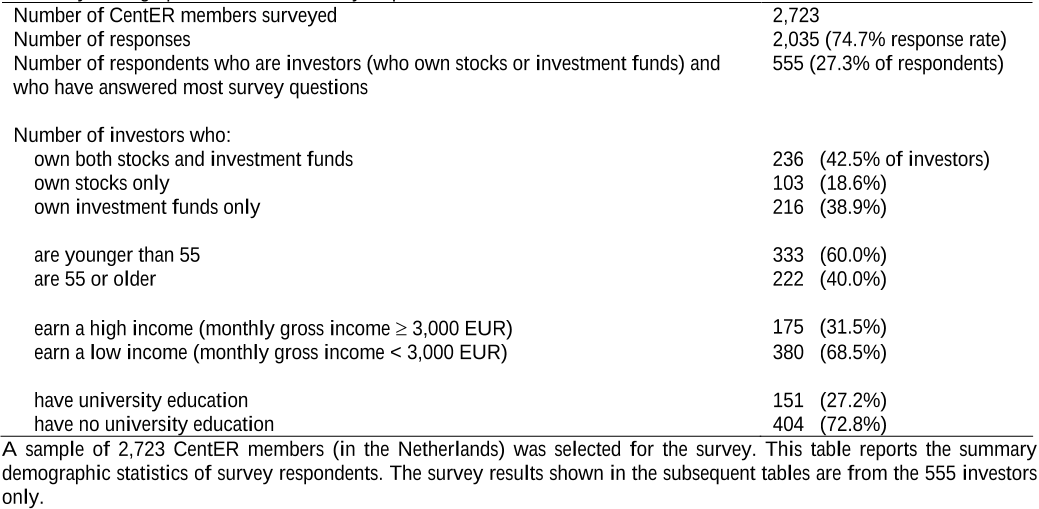Abstract: In the hope that it may help to overcome these obstacles to effective empirical testing, this paper will attempt to fill the existing gap in the theoretical literature on valuation. We shall begin, in Section I , by examining the effects the effects of differences in dividend policy on the current price of shares in an ideal economy characterized by perfect capital markets, rational behavior, and perfect certainty. Still within this convenient analytical framework we shall go on in Section II and III to consider certain closely related issues that appear to have been responsible for considerable misunderstanding of the role of dividend policy. In particular, Section II will focus on the longstanding debate about what investors "really" capitalize when they buy shares; and Section III on the much mooted relations between price, the rate of growth of profits, and the rate of dividends per share. Once these fundamentals have been established, we shall proceed in Section IV to drop the assumption of certainty and to see the extent to which the earlier conclusions about dividend policy must be modified. Finally, in Section V , we shall briefly examine the implications for the dividend policy problem of certain kinds of market imperfections.





